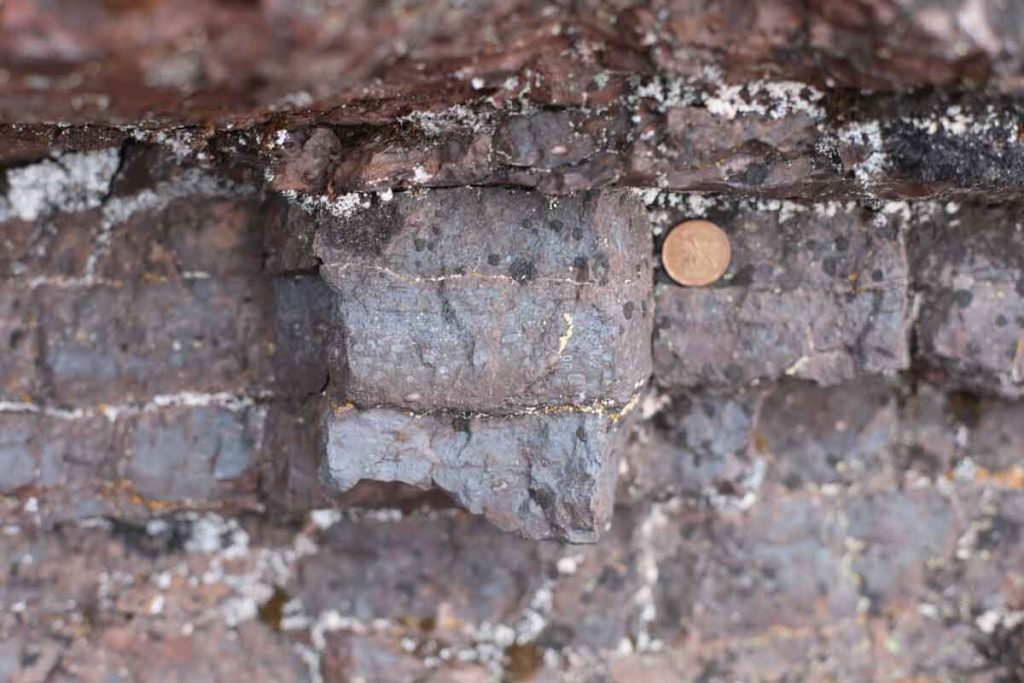McGill University researchers have discovered that a rise in oxygen levels happened in step with the evolution and expansion of complex. Their findings represent the strongest evidence that that extremely low oxygen levels exerted a limitation on evolution for billions of years.
Ironstones provide insights into early life
Scientists examined iron-rich sedimentary rocks from around the world deposited in ancient coastal environments. They analysed the chemistry of the iron in these rocks. Scientists were able to estimate the amount of oxygen present when the rocks formed. They found out the impact it would have had on early life like eukaryotic microorganisms. This is the precursors to modern animals.

Earth is the only place in the universe known to harbour life. Earth’s atmosphere and oceans are rich with oxygen. But this wasn’t always the case. The oxygenation of the Earth’s ocean and atmosphere was the result of photosynthesis. This is a process used by plants and other organisms to convert light into energy. This release oxygen into the atmosphere. It creates the necessary conditions for respiration and animal life.
Searching for signs of life beyond our solar system
Scientists said, Earth’s atmosphere was capable of maintaining low levels of atmospheric oxygen for billions of years. This has important implications for exploration of signs of life beyond our solar system. As searching for traces of atmospheric oxygen is one way to look for evidence of past or present life. Scientists call it biosignature.

Scientists use Earth’s history to gauge the oxygen levels. They done it under terrestrial planets can stabilize. If terrestrial planets can stabilize at low atmospheric oxygen levels.
This suggests the best chance for oxygen detection will be searching for its photochemical by product ozone. More geochemical studies of rocks from this time period allowed scientists to paint a clearer picture of the evolution of oxygen levels. This provided a better understand the feedbacks on the global oxygen cycle.

